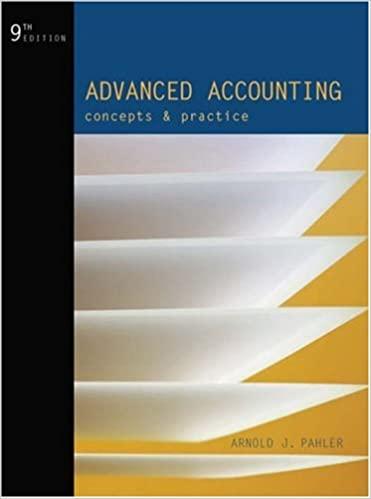Push-Down: To Whom Does It Really Matter? Pert, Inc.s 100%-owned subsidiary, Savy, Inc., is considering raising capital
Question:
Push-Down: To Whom Does It Really Matter? Pert, Inc.’s 100%-owned subsidiary, Savy, Inc., is considering raising capital from the public by issuing bonds, preferred stock, or common stock.
Pert acquired Savy (a 20-year-old company) one year ago at a cost of $500 million. At that time, Savy’s net assets had a book value of $300 million and a current value of $460 million.
1. What purpose would be served by furnishing to prospective providers of capital financial state¬
ments on the push-down basis instead of on the 7row-push-down basis?
2. Would any particular category of capital provider be more interested than the others in having financial statements on the push-down basis? Why or why not?
3. If at the acquisition date, Savy had $50 million of bonds payable (maturing in 5 years), would financial statements on the push-down basis be useful to the bondholders? Why or why not?
4. Assume that (1) Savy defaults on its minimum debt to capital ratio requirement of the bond issue described in requirement 3 (using the wow-push-down basis) and (2) Savy’s financial state¬
ments on the push-down basis of accounting do not result in a violation. Is Savy no longer in violation legally?
Step by Step Answer:






